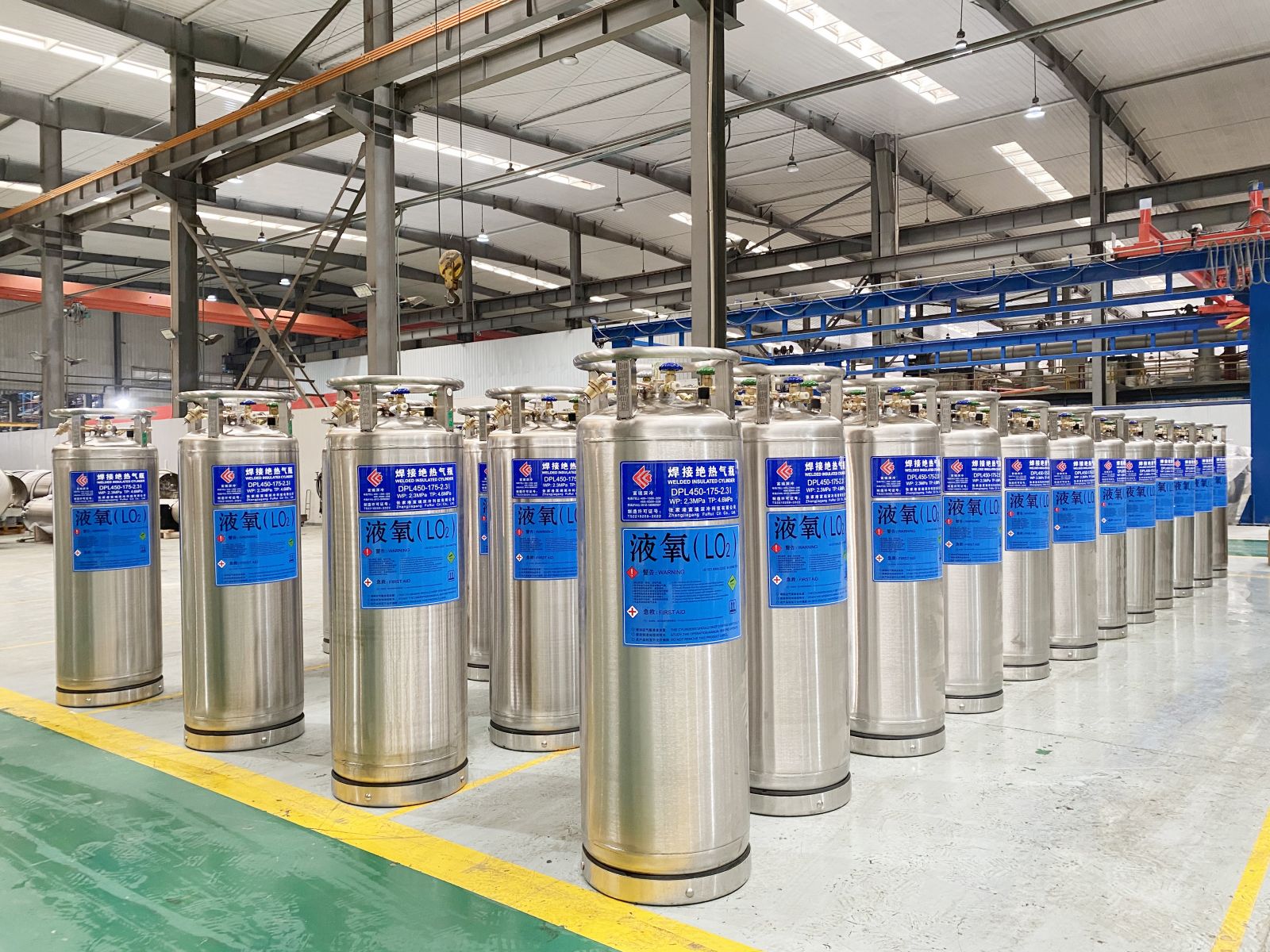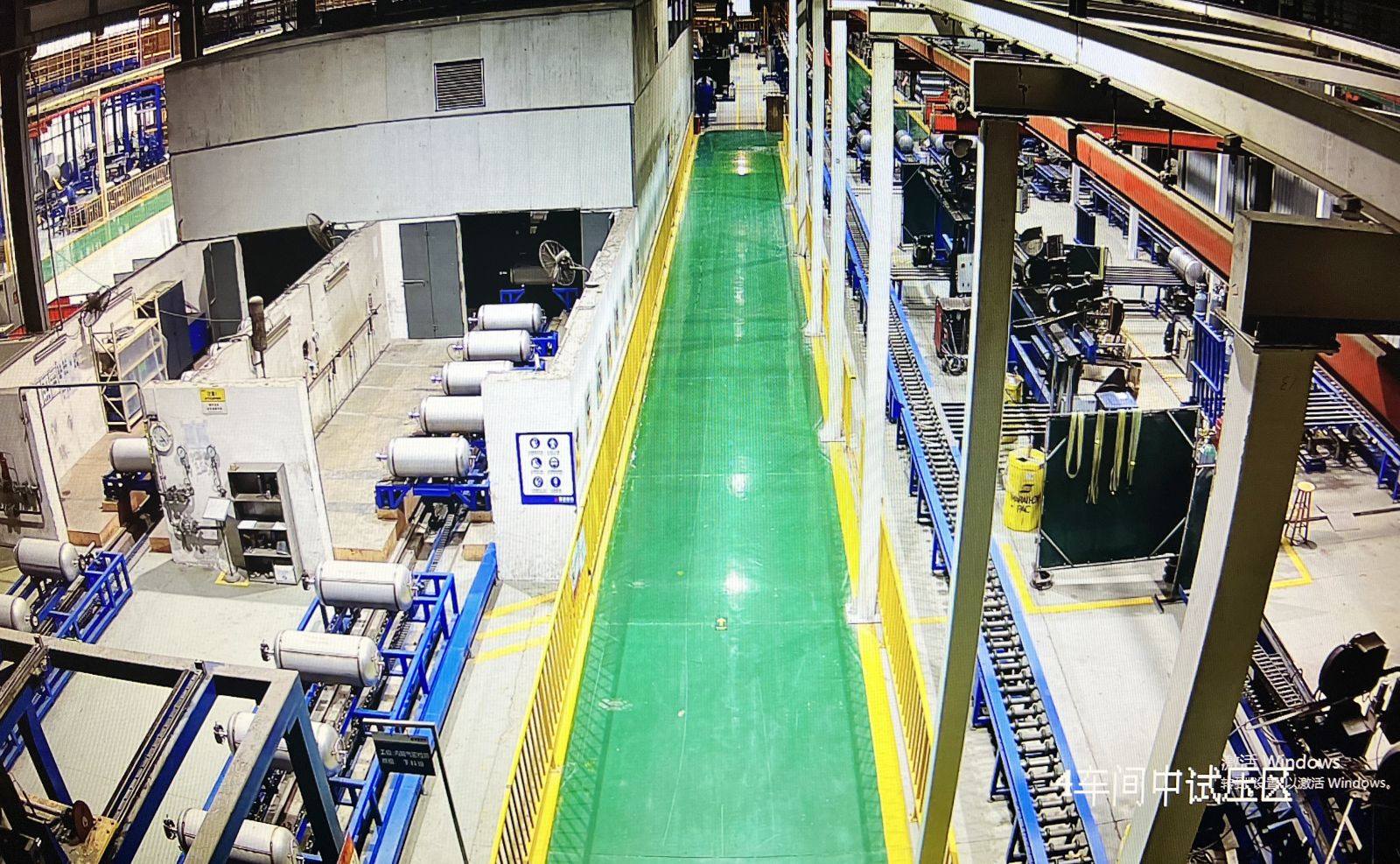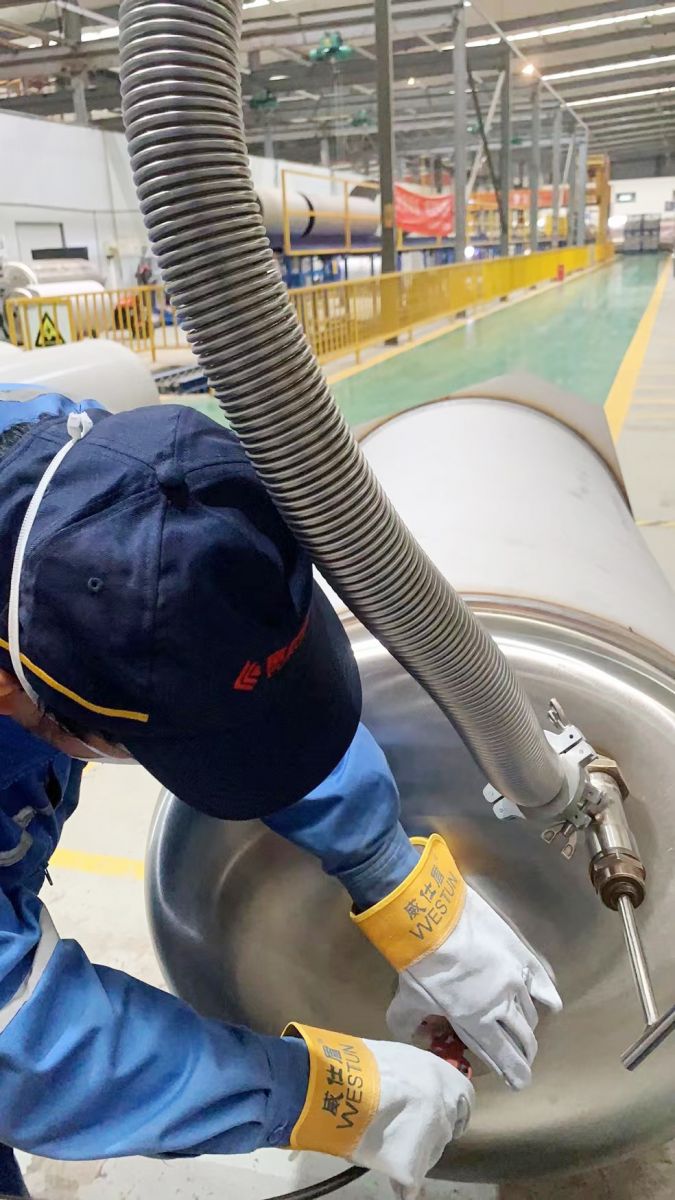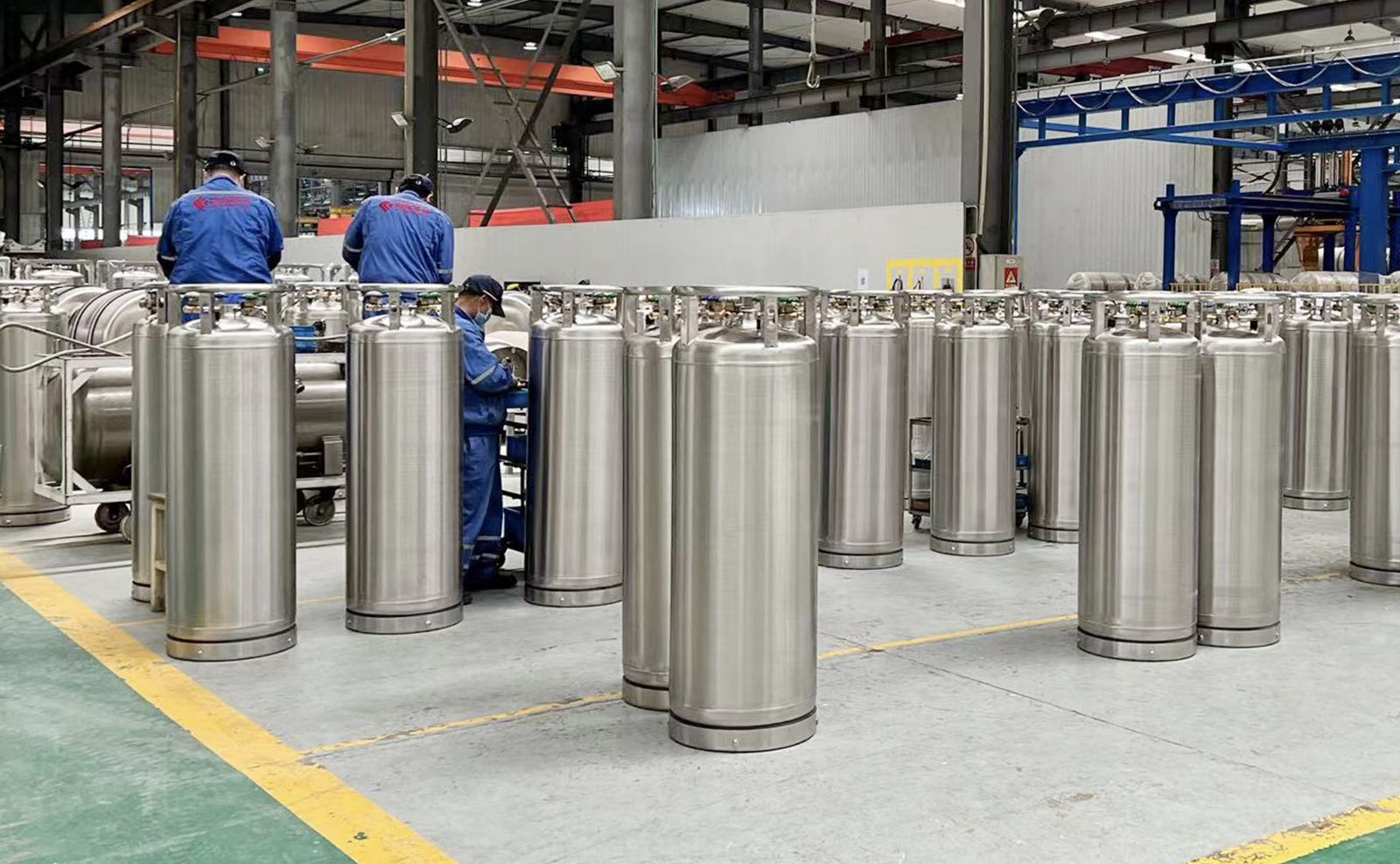
Dewar bottle's past and present lives
- Categories:Company news
- Author:
- Origin:
- Time of issue:2022-04-29 10:16
- Views:
(Summary description)Dewar is the name of Scottish physicist and chemist James Dewar. It was invented by Sir James Dewar, a professor at the University of Cambridge and the Royal College of England in London, so it is commonly known as a dewar (tank), and is mainly used to fill cryogenic liquefied gas.
Dewar bottle's past and present lives
(Summary description)Dewar is the name of Scottish physicist and chemist James Dewar. It was invented by Sir James Dewar, a professor at the University of Cambridge and the Royal College of England in London, so it is commonly known as a dewar (tank), and is mainly used to fill cryogenic liquefied gas.
- Categories:Company news
- Author:
- Origin:
- Time of issue:2022-04-29 10:16
- Views:

What's a dewar?
Dewar is the name of Scottish physicist and chemist James Dewar. It was invented by Sir James Dewar, a professor at the University of Cambridge and the Royal College of England in London, so it is commonly known as a dewar (tank), and is mainly used to fill cryogenic liquefied gas.
What is cryogenic liquefied gas?
Cryogenic liquefied gases are also called cryogenic liquefied gases or deep frozen gases and are often referred to as cryoliquids. Oxygen, nitrogen, argon, helium and hydrogen are commonly used industrial gases that are transported, handled and stored as liquids. Domestic dewar is generally used to fill the above industrial gases, so dewar is sometimes called industrial cylinders.

Structure of Furui Speed Intelligent Regional Gas Supply System (Dewar/tank)
Standard modular combination pipeline, valve& gauge System, stainless steel for inner and outer vessels, adopt multi-layer insulation process in the middle, vacuum interlayer, equipped with visual electronic liquid level gauge, pressurized/gasification pipeline, can be installed with protective frame, portable wheels, Speed On-LineMonitoring System (speed online monitoring system).。
The difference between dewar and high pressure cylinder
1. Take liquid oxygen as an example. Under normal temperature and pressure, the oxygen storage capacity of a 175L Furui dewar cylinder is equivalent to 28 pcs of 40L high-pressure gas cylinders, which can greatly reduce the transportation stress and reduce the operation cost.
2. Dewar double-layer insulation, vacuum maintenance time is long, with pressure relief system, can ensure the cryogenic liquid source is relatively stable, and dewar with its built-in vaporized copper tube, can output flow up to 10Nm³/h of normal temperature gas (oxygen, nitrogen, argon), gas working pressure up to 1.37Mpa(Furui medium pressure type), 2.3Mpa (Furui high pressure type), Can meet the user's gas requirements.
The specifications, models and main technical parameters of the Furui dewar cylinders
Furri duwar cylinders are mainly divided into the following types:
What causes the easy pressure- relief of dewar's during its initial filling?
Dewar is a pressure vessel, which is filled with cryogenic liquid. Generally speaking, when it is filled for the first time, because the inner liner of the cylinder is still at room temperature (commonly known as hot cylinder in the industry), instantaneous transpiration will occur after liquid gas enters the cylinder, which is easy to be discharged by gas pressure relief. In the process of use, due to the liquid gas in the process of contacting with the hot cylinder, the temperature has also been increased to a certain extent, coupled with the movement and transportation after filling the liquid, will lead to the phenomenon of fast pressurization of the first tank of gas. It is recommended that users reserve gas phase space when filling liquid for the first time, and do not fill it too full. After filling liquid, users should use it in time to ensure maximum economy.
How to ensure the pressure tightness of dewar?
Dewar pressure tightness is particularly important, any leakage may lead to the loss of gas, if it is filled with natural gas or combustible gas, it is likely to produce the danger of explosion, so for dewar (welded insulation gas cylinder) in the manufacturing process of leak detection is very important. In the manufacturing process of Furrui cylinders, defects detection, pressure test, helium leak detection, cold test gas tightness and other procedures are used to ensure the pressure tightness of dewar cylinders.

Furui Dewar pressure test process

Furui Dewar helium leak detection process


Furui Dewar cold test gas tightness test procedure
Instructions for Dewar
>>>The preparatory work
1. Ensure that there is no open flame device around the dewar.
3. Check whether dewar and terminal interface are properly connected.
4. Check the status of safety valve, pressure gauge and globe valve.
5. Ensure that the gas supply system shall not have oil pollution and leakage.
>>>Operating procedures
When dewar is used, a single dewar can be used to supply gas to the terminal, or multiple dewars can be used alternately through the cylinder manifold.
Filling Precautions
Before filling the dewar with cryogenic liquid, first determine the filling medium and filling quality of the gas cylinder. Filling weight can be found on the product nameplate. Use a special tool to connect the inlet and outlet valve (DPW cylinder is the inlet valve) to the supply source and ensure that is tightened and no leakage. When the required filling weight is reached, close the inlet and outlet valves, discharge valves and supply valves. Remove the delivery hose and safely remove the cylinder.
Warning: It is strictly prohibited to overfill the gas cylinder.
Warning: Confirm cylinder medium and filling medium before filling.
Warning: Fill in a well ventilated area, as the build-up of gas can be very dangerous.
Note: THE PRESSURE OF A FULLY FILLED CYLINDER RISES VERY RAPIDLY AND MAY CAUSE THE RELIEF VALVE TO OPEN.
Note: Please be careful not to smoke or go near a fire immediately after working with liquid oxygen or liquefied natural gas, as it is likely that liquid oxygen or liquefied natural gas will be splashed in your clothes.
Other Precautions
1. When engaging in any work with cryogenic liquids, you must wear protective equipment to prevent frostbite.
2. In the operation of liquid oxygen, the opening and closing of the valve should be carried out slowly, and suddenly open and close, the oxygen flow can ignite any contamination in the system.
3. Except for liquid oxygen, all liquid vapors can suffocate people.
4. It is recommended that the pressure in the cylinder should be reduced as much as possible when using liquid.
5. When operating, it is necessary to ensure that the cylinder is upright, but also to avoid tipping over, and never roll the cylinder laterally.
6. The storage, vaporization, filling and use of liquid oxygen are strictly prohibited within 5m around the open flame, eliminate all fire sources, and there should be obvious fire prohibition sign.
7. The storage, vaporization, filling and use of liquid oxygen are not allowed to have openings leading to low places (such as basement, pits, Wells, ditches) in at least 5m around the place; There must be a liquid retaining weir at the entrance of the trench.
8. When filling or treating liquid oxygen, the operator shall not wear work clothes and personal protective equipment stained with oil, and the clothes and protective equipment stained with oil must be replaced.

Address:1419 Chenfeng Road, Zhangjiagang City, Jiangsu Province, China
Postcode:215637
Tel:+86 0512-58746610
Email:qpsc@furuine.com
Service Hotline:+86 4001-300228
Service Hotline:+86 4009-300228

Furui New Energy WeChat

